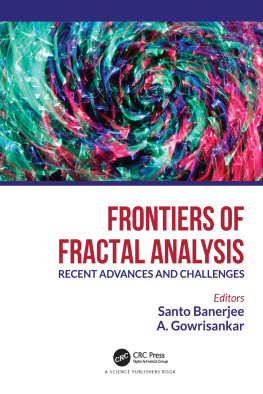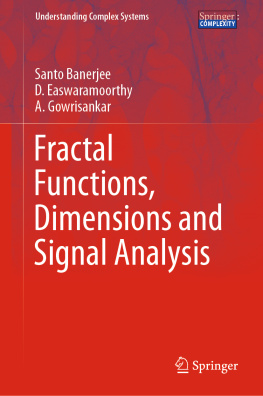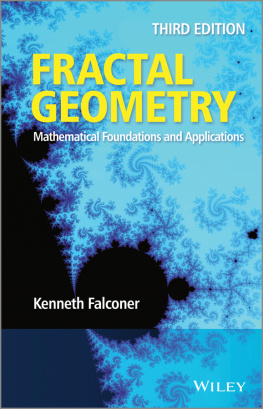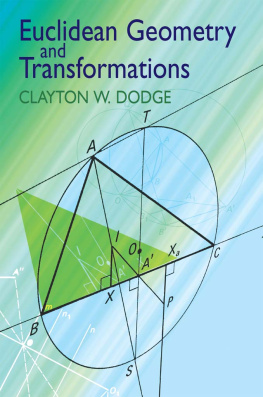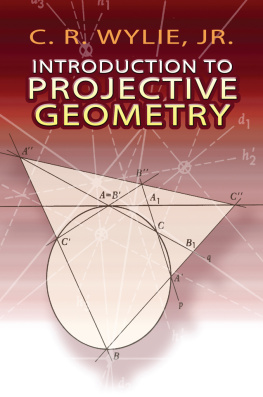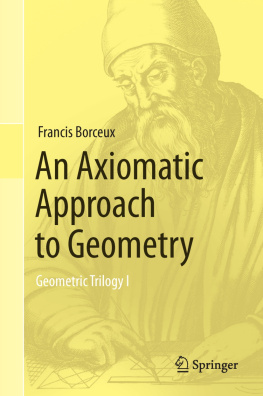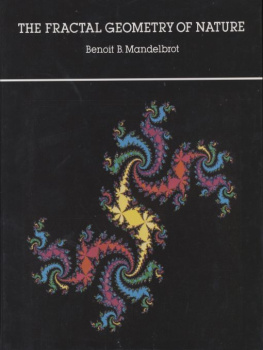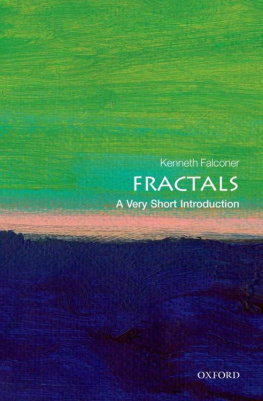
Frontiers of Fractal Analysis
Recent Advances and Challenges
Editors
Santo Banerjee
Dipartimento di Scienze Matematiche Politecnico di Torino Corso Duca degli Abruzzi, Torino, Italy
A. Gowrisankar
Department of Mathematics School of Advanced Sciences Vellore Institute of Technology, Vellore, India

First edition published 2022
by CRC Press
6000 Broken Sound Parkway NW, Suite 300, Boca Raton, FL 33487-2742
and by CRC Press
2 Park Square, Milton Park, Abingdon, Oxon, OX14 4RN
2022 Taylor & Francis Group, LLC
CRC Press is an imprint of Taylor & Francis Group, LLC
Reasonable efforts have been made to publish reliable data and information, but the author and publisher cannot assume responsibility for the validity of all materials or the consequences of their use. The authors and publishers have attempted to trace the copyright holders of all material reproduced in this publication and apologize to copyright holders if permission to publish in this form has not been obtained. If any copyright material has not been acknowledged please write and let us know so we may rectify in any future reprint.
Except as permitted under U.S. Copyright Law, no part of this book may be reprinted, reproduced, transmitted, or utilized in any form by any electronic, mechanical, or other means, now known or hereafter invented, including photocopying, microfilming, and recording, or in any information storage or retrieval system, without written permission from the publishers.
For permission to photocopy or use material electronically from this work, access
Trademark notice: Product or corporate names may be trademarks or registered trademarks and are used only for identification and explanation without intent to infringe.
Library of Congress Cataloging-in-Publication Data (applied for)
ISBN: 978-1-032-13867-1 (hbk)
ISBN: 978-1-032-13873-2 (pbk)
ISBN: 978-1-003-23120-2 (ebk)
DOI: 10.1201/9781003231202
Typeset in Times New Roman
by Radiant Productions
Preface
One of the best achievements in human research is the better understanding of natural phenomena that can be represented by mathematical models. The history of describing natural objects using geometry is as old as the advent of science itself. Traditionally lines, squares, rectangles, circles, spheres, etc., have been the basis of our intuitive understanding of the geometry. However, nature is not restricted to such Euclidean objects which are only characterized typically by integer dimensions. Hence, the conventional geometric approach cannot meet the requirements of solving or analysing nonlinear problems which are related to natural phenomena, therefore, fractal theory has been revolutionized by Benoit B Mandelbrot, who aimed to understand complexity and provide an innovative way to recognize irregularity and complex systems. Although the concepts of fractal geometry have found wide applications in many of the forefront areas of science, engineering and societal issues they also have interesting implications of a more practical nature for the older classical areas of science. The idea of fractals, in fact, enables us to see a certain symmetry and order even in an otherwise seemingly disordered and complex system. The importance of the discovery of fractals can hardly be exaggerated. Since its discovery, there has been a surge of research activities in using this powerful concept in almost every branch of scientific disciplines to gain deep insights into many unresolved problems. A large number of applications dealing with the fractal geometry of things as diverse as the price changes and salary distributions, turbulence, statistics of error in telephone messages, word frequencies in written texts, in aggregation and fragmentation processes are just to name a few. The book on Frontiers of Fractal Analysis: Recent Advances and Challenges aims to bring together cutting-edge research works proposing the application of fractals features in both traditional scientific disciplines and in applied fields. This book contains eight chapters that are concisely described as follows.
Approximation theory encompasses a vast area of mathematics. The current context is primarily concerned with the concept of dimension preserving approximation for real-valued multi-variate continuous functions defined on a domain Iq . The first chapter establishes quite a few results similar to the well-known results of multi-variate constrained approximation in terms of dimension preserving approximants In particular, indication for construction of multi-variate dimension preserving approximants using the concept of fractal interpolation functions is given. In the last part, some multi-valued fractal operators associated with multivariate -fractal functions are defined and studied.
The second chapter presents an introduction to the fractal interpolation beginning with a global set-up and then extending to a local, a non-stationary, and finally the novel quatemionic setting. Emphasis is placed on the overall perspective with references given to the more specific questions.
The third chapter aims to establish the notion of non-stationary -fractal operator and establish some approximations and convergence properties. More specifically, the approximations properties of the non-stationary -fractal polynomials towards a continuous function is discussed. Here a sequence of maps for the non-stationary iterated function systems (IFS) is used. Further, this chapter shows that the proposed method generalizes the existing stationary interpolant in the sense of IFS. The basic properties of this new notion of interpolant are explored, and its box and Hausdorff dimensions are obtained by comparing it to other well-known results. Additionally, using the method of fractal perturbation of a given function, the associated non-stationary fractal operator is constructed and few of its approximation properties are investigated.
In the fourth chapter, fractal calculus in both its local and non-local form is reviewed. The fractal calculus which is called F-calculus, is a generalization of ordinary calculus that adapted to the fractal sets, curves, and spaces. The non-local fractal derivatives are given the analogue of the RiemannLiouville and Caputo fractional derivatives. The analogue of the Laplace transform and the Fourier transform in the fractal calculus are suggested. Discrete scale invariance is studied by using the scale transform Finally, the applications of fractal calculus in classical mechanics, quantum mechanics, and optics are presented.
Fractal calculus is the calculus involving F-integral and F-derivative, where (0, 1] is the dimension of the fractal curve. In defining F-integral and F-derivative, the mass function and staircase function plays an important role. The fifth chapter discusses the fractal calculus of non-affine fractal interpolation functions namely hidden variable fractal interpolation function and -fractal function. The fractal integral of the hidden variable fractal interpolation function is examined by predefining the initial conditions. Similarly, by predefining the initial conditions and imposing some necessary conditions on the a-fractal function, its fractal integral is explored.
The sixth chapter investigates the Borel regularity of the relative centered Hausdorff and packing measures. It is shown that the relative packing measure
Next page
